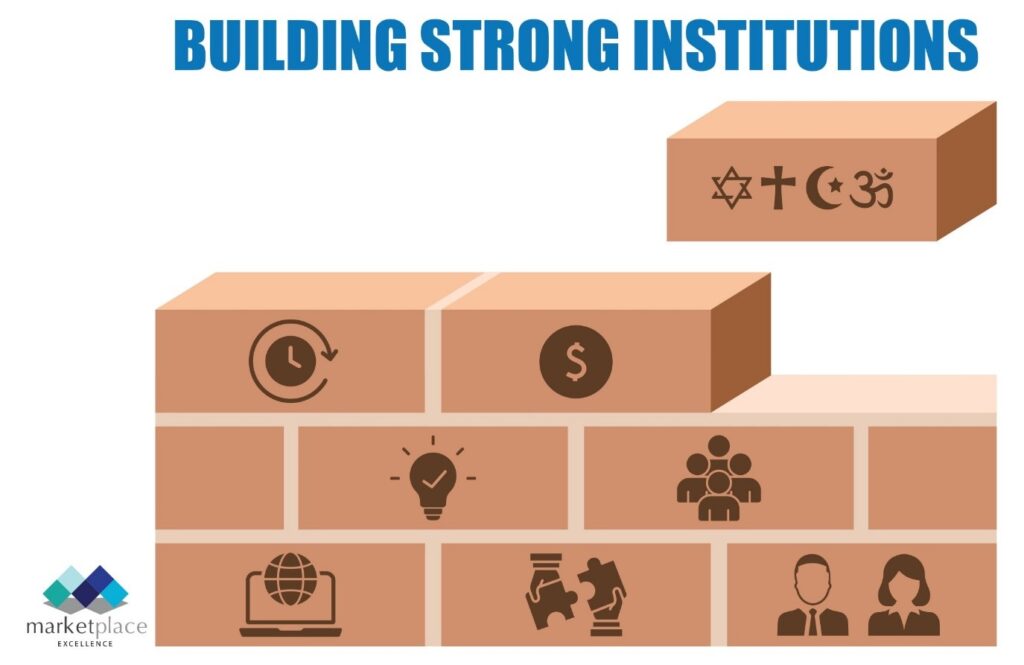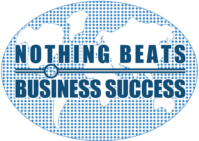“Do not conform to the pattern of this world, but be transformed by the renewal of your mind.” – Romans 12:1-2
The one thing that is constant in life is change. I have witnessed firsthand the ebb and flow of fortunes in our region. From enterprise development to political parties, churches and faith-based institutions, West Indies cricket, NGOs, and government departments, the quest for sustainable success hinges on our ability to adapt and innovate continually. We cannot rest on our laurels.
The cornerstone of thriving institutions lies in their strategic vision, which must be periodically reviewed and refined to remain relevant and effective. Whether you are shepherding a business or a nonprofit, strategic visioning is not a one-time event but an ongoing process that demands the active participation of all stakeholders.
One effective method is to periodically assemble all stakeholders in a strategic visioning retreat facilitated by an expert. This dedicated time away from the daily grind allows for comprehensive brainstorming and idea generation. It’s in these retreats that the institution’s collective brainpower can be harnessed to reevaluate and enhance its value proposition.
The value proposition of any institution is its promise to deliver value to its customers, members, or constituents. This must be continually aligned with the institution’s goals and market dynamics. A robust financial strategy is equally critical. Financial security ensures that the institution can weather economic downturns and invest in growth opportunities. This involves prudent financial management, diverse revenue streams, and sound investment strategies.
Marketing strategies must also be agile and forward-thinking to maximize revenue. In today’s digital age, leveraging social media, digital marketing, and data analytics can significantly enhance an institution’s reach and engagement. At the same time, traditional marketing channels should not be neglected, as they play a crucial role in building brand loyalty and trust.
Management practices should aim to achieve high levels of productivity and efficiency. These include adopting best practices in operations, embracing technology, and fostering a culture of continuous improvement. Leadership at all levels must be committed to driving change and inspiring their teams.
Human resource development is the backbone of any institution. Investing in training, professional development, and creating a supportive work environment is essential for retaining top talent and maintaining a motivated workforce. A culture that values and nurtures its human capital will invariably enjoy higher levels of innovation and performance.
Finally, managing change is critical to remaining sustainable and resilient. Change management involves preparing for, implementing, and sustaining organizational changes. This requires clear communication, employee involvement, and a structured approach to transitioning from old processes to new ones.
As we move from strength to strength, let us continually revisit our respective institutions and embrace the cycle of vision adjustment coupled with adept change management. By continuously aligning our goals, financial strategies, marketing efforts, management practices, and human resources with our evolving environment, we can ensure sustainable success. Remember, resilience and adaptability are our greatest assets in the face of constant change.

(Dr. Basil Springer GCM is a corporate governance adviser. His email address is basilgf@marketplaceexcellence.com. His columns may be found at https://www.nothingbeatsbusiness.com).
